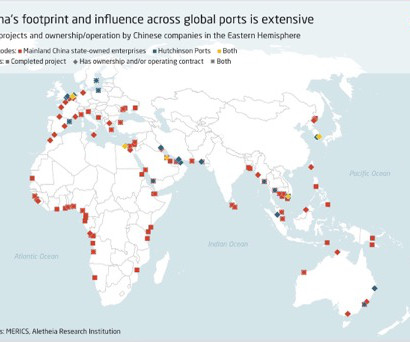Reflections: Building the Network of Networks
Supply Chain Shaman
OCTOBER 17, 2018
Working for a large manufacturer, she was trying hard; but failing, to integrate Ariba, Elemica, and GT Nexus. These are three different Supply Chain Operating Networks.) To help, I set up a series of dinner meetings for Maddy to speak to other manufacturers working on similar problems. Existing Supply Chain Networks.















Let's personalize your content